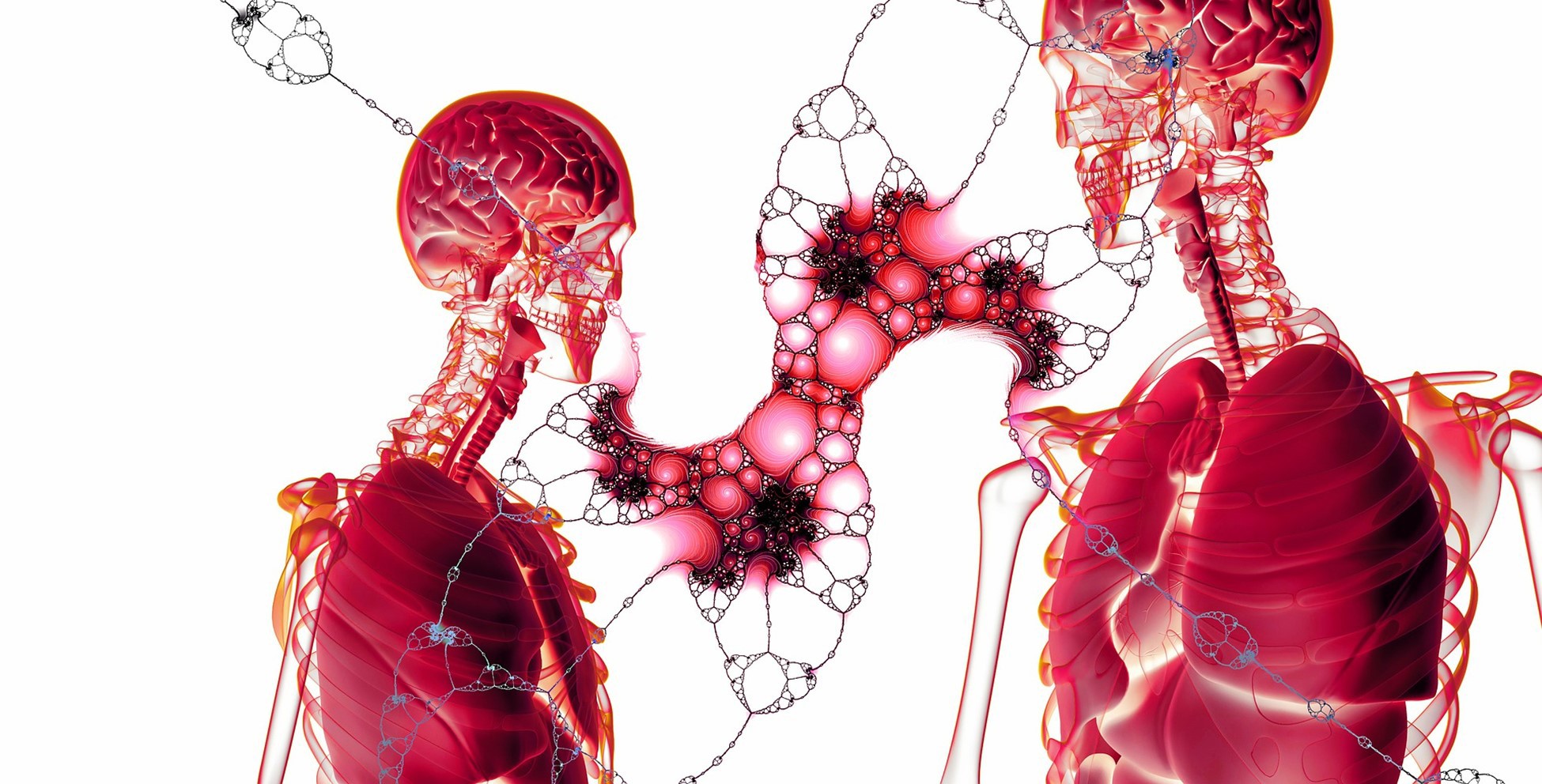What's Trending in Healthcare Robotics?

It’s no secret that Artificial Intelligence (AI) is on a fast track to becoming an essential commodity. Transforming almost every industry, this technology has made leaps and bounds — but there’s even more to come, especially in sectors like healthcare. Set to soar to $11.4 billion by 2023, the global healthcare robotics market is taking the industry by storm and is a milestone for modern medicine. And though it may be a while before everyone is getting prescriptions from friendly droids, there are exciting developments on the horizon.
Significance of Robots in Healthcare
As medicine makes new discoveries and developments, AI and robotics healthcare can aid research, testing, and even autonomously perform tedious or repetitive tasks. As a result, healthcare workers can focus on more important things. Robots are currently found in surgery, telehealth, primary care, and outpatient care, and offer a multitude of benefits to hospitals, which are slowly but surely becoming more reliant on them. Some of the benefits of employing robots include a decrease in workload and reduced staffing requirements, as well as more accuracy and precision in medical procedures.
And it isn’t just healthcare workers who will reap the benefits but patients too. Medical care is at an all-time high and as many as 79 million Americans struggle with medical debt. However, opting for robot-assisted or robot-led procedures in the future might bring down hospital bills considerably and help patients prevent overdue bills, high insurance prices, and tedious applications for medical debt settlements or forgiveness.
Trends
1. Surgical Robots
Though surgical robots have already forayed into the industry, they’re currently used only in an assistive capacity and to perform a limited number of surgeries. The biggest benefits of utilizing surgical robots are accuracy, precision, and minimal invasiveness. Projected to be one of the most demanded healthcare technologies in upcoming years, surgical robots are being developed to tackle various surgeries including gastrectomies, hernia repairs, transoral surgeries, and more.
While surgical robots may be costly for healthcare institutions to adopt in the short-term, they will inevitably reduce the costs of surgeries in the long-term. Importantly, the utilization of surgical robots improves the success rate for surgeries, saving time, effort, and resources.
2. Rehabilitation Robots
An increasing section of the global population is now combatting the healthcare effects associated with aging. These include a loss of mobility, strokes, and neuromotor diseases. Against this backdrop, the market for robotics focused on rehabilitation is surging and is forecasted to grow by $1.13 billion between 2020-2024. Rehabilitation robotics include exoskeletons, soft robotics, and intelligent prosthetics that help assist or restore limb functionality. These robots can also help patients with neuromotor disabilities like cerebral palsy.
3. Medicine Transportation
Taking over mundane tasks like medicine delivery, robots have already been spotted strolling through hospital corridors delivering medicines and equipment from room to room. The Tug robot is one such model, that can carry as much as 453 kgs of medication and/or lab specimens. The RIBA is another model that can lift bedridden patients 40 times a day, helping them to get out of bed, stand, and turn over. With a diverse range of functions, more transportation robots like these are set to enter the workforce in the future,
4. Social Robots and Patient Assistance
The healthcare industry is facing a challenge in that there is a shortage of social care staff. This gap continues to widen, and although we are still a long way from bridging it, the development of social robots offers promise. Social robots are designed to assist humans in a variety of ways to improve their quality of life. These include easing anxiety, reminding humans to perform tasks like taking their medicine on time, and making suggestions like movement around a step or dietary changes. Additionally, social robots can monitor and report health performances to relevant care providers or families of the patient. This allows the relevant personnel to always stay in the loop about a patient's health.
In the future, we can expect these robot helpers to use facial recognition and machine learning to predict patient patterns and suggest lifestyle changes accordingly. For now, we have a glimpse into this future with Pepper, a social robot that can communicate in 20 different languages and recognize basic human emotions.
5. Nanorobots
The advent of nanorobots is an exciting prospect on the medical robotics frontier that could revolutionize the healthcare landscape. Nanorobotics consists of extremely minute technology that can be used for early diagnosis, targeted treatment, and monitoring. Currently, nanorobotics is still in its testing phase. However, it does show much potential for the future of healthcare. For instance, nanorobotic technology in cancer treatment could be injected into the bloodstream, destroy unhealthy cells, and deliver potent drugs to specific cells in a non-invasive manner.
----
While medical robotics paints an exciting future for healthcare, it’s certainly not going to replace doctors and nurses. Working alongside medical staff, robotics can make healthcare more accessible, more efficient, and less expensive. In this way, medical robotics can aid in bringing the best of care to patients. As this technology rapidly advances, it’s important we also consider factors like privacy, security, ethics, and unexpected inaccuracies.
Image source: Pixaby
Thanks for helping to keep our community civil!
This post is an advertisement, or vandalism. It is not useful or relevant to the current topic.
You flagged this as spam. Undo flag.Flag Post


